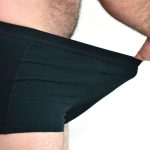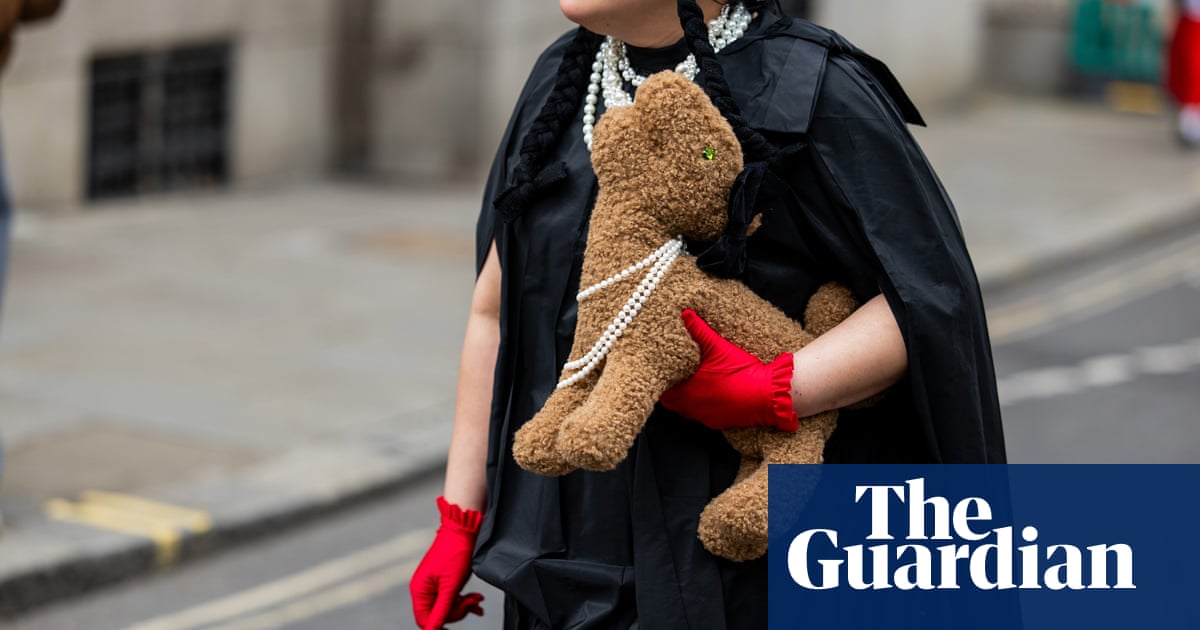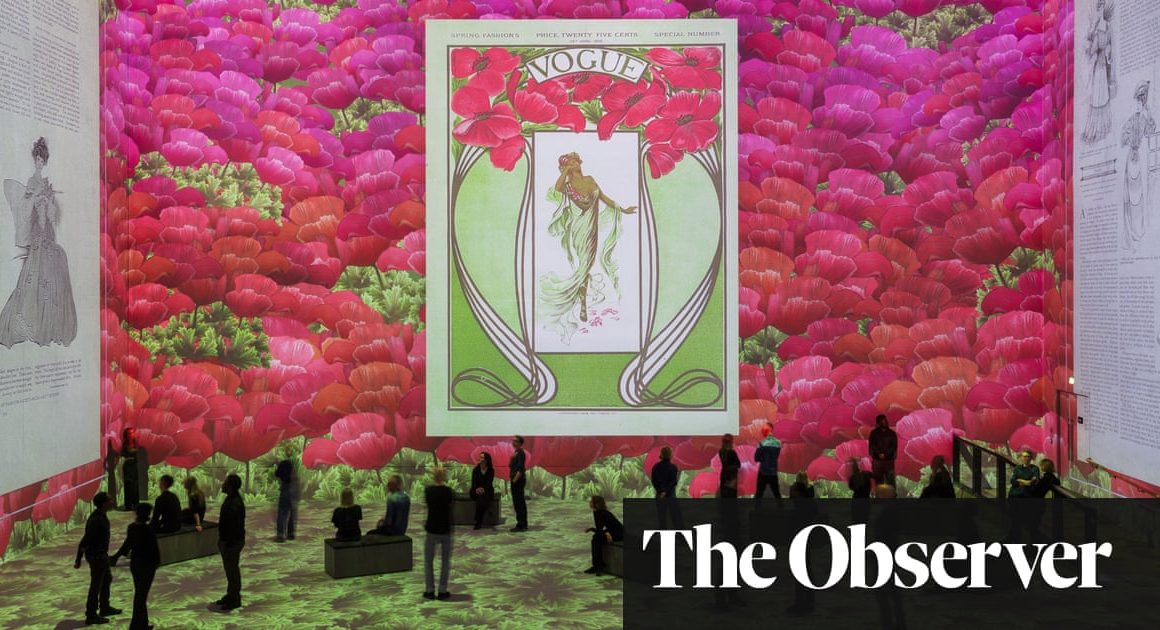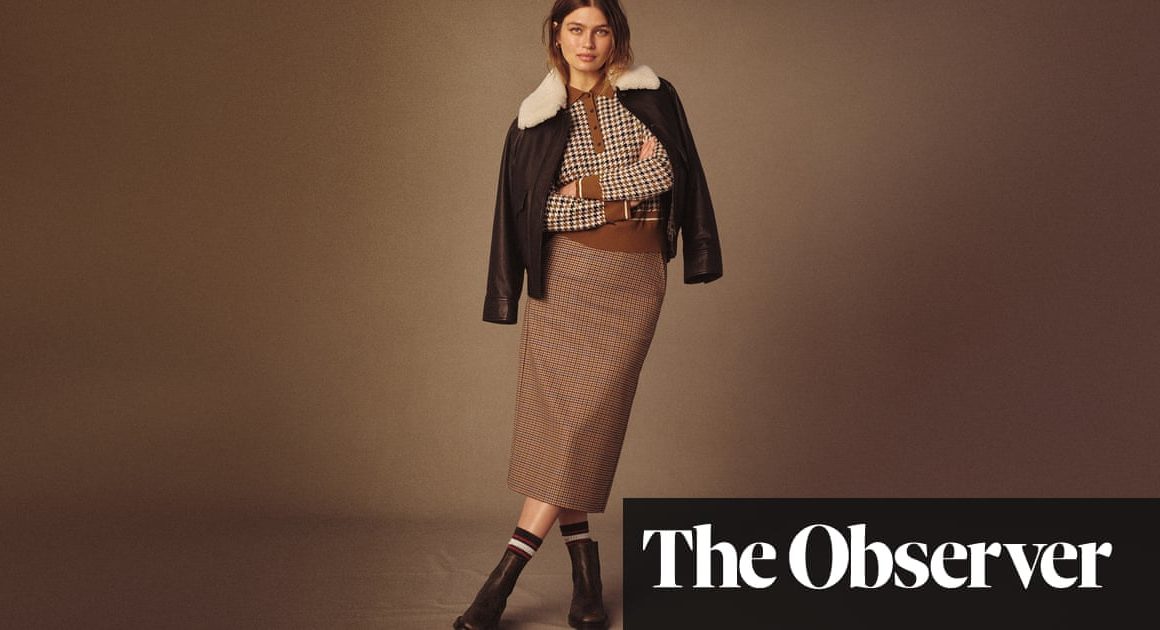If you are of a certain generation, chances are you never considered a cuddly toy as an accessory. Something to cling to as you sucked your thumb? Sure. A friend who you could tell all your secrets over a packet of Fruit Pastilles. Only me? Now, however, they are feeling the warm embrace of the style world. Strapped to bags and taken shopping, to lunch, to work, they are enjoying freedom outside cribs and children’s clutches.
London fashion week showed its softer side when, on the front rows of the shows, plushy guests muscled in alongside Harry Styles, Lena Dunham and fashion’s current swan-like fairy godmother, Kelly Rutherford. Street stylers such as Yu Masui brought bags in the shape of cuddly toys into events with otherwise carefully policed guest lists. They were also there in New York, and at Copenhagen fashion week last month, Teletubbies and Daffy Ducks dangled off the bags of show-goers.
But it isn’t just a new accessory that the industry is toying with – just look around the bus or the next supermarket you go into and see if you can’t spot a cuddly toy adorning a handbag.
This is the fluffy side of the current trend for accessorising accessories, particularly handbags, with chains and charms. It “has become a bit like show-and-tell for adults,” explains Amanda Marcuson, the founder of Texas-based store Bag Crap, which calls itself “#1 Source for BAG CRAP ™️”.
Much of this cuddly moment, as described by the people designing and subscribing to it, is about having a laugh in the face of a largely po-faced industry. Marcuson describes her goal as giving “an otherwise serious industry a new sense of humour … fashion can be accessible, approachable, and not that serious. It’s all about having a laugh with each other versus trying to ‘be cool’.” Cuteness, too, holds enormous cachet at the moment, and after becoming ubiquitous online through the likes of kitten content it is finally being given the respect it deserves – to the point that Somerset House has dedicated an entire exhibition to the subject.
As with so very many current trends, Miu Miu has played a part, featuring bag charms in its spring/summer 2024 collection. As has Jane Birkin, who used to stuff and accessorise her eponymous Hermès Birkin to the hilt, perhaps not with cuddly toys but certainly with other ephemera. But the biggest slice of inspiration has to come from Japanese culture. “Small, cuddly toys on bags were a major trend in Japanese girls’ culture starting in the late 1990s,” says Joshua Paul Dale, author of Irresistible: How Cuteness Wired our Brains and Conquered the World.
Clocking bunny ears and sweet little characters trailing off bags at End of the Road festival earlier this month, I spoke to some of their owners about the appeal. All said that Japanese culture was a major source of inspiration. “I am definitely inspired by Japanese streetwear and kawaii [cute] culture,” said 22-year-old Lulu. Harry, 30, who lives in Bristol, and Katie, 29, from Swansea, both illustrators, were sporting little toys on their bags which they had picked up on a recent trip to the country. Muda, a 20-year-old psychology student, had brought her doll, which she had named Sky Bark Mountain, to the front of a Sunday afternoon gig on the Garden stage. “I think she’s really cute and it’s a fun little thing to have on your bag.” She would like to add Chiikawa, a small mouse-like manga character, to the roster, taking her along on hikes and beach trips.
Eleri, 26, who lives in London and runs a pop-up market with Lulu, had a Monchhichi doll – “a little dude sucking his thumb” – hanging off her khaki green shoulder bag as she waited for friends who were queuing for food. They all swap cuddly toys in the way others – especially Swifties – swap friendship bracelets. “Fashion can be taken so seriously and honestly when I get dressed I just want to have fun,” she said.
In an increasingly globalised world, where trends osmose their way from social media feed to brain fairly seamlessly, it leaves many of us wondering where the lines of our own taste end and the algorithm’s begin. Conversely, this customisation via cuddlies is being seen as an expression of individuality. “A lot of people have the same things – the cross-body bags – so it spruces it up and makes it more you,” said Katie.
“Attaching a cute toy to a bag is a form of self expression, but a subtle one,” says Dale. “It lets people know what you’re into, but it’s not announcing your position on something like a political button or sticker would.”
after newsletter promotion
Toys in general are proving popular and the toys-for-adults market is worth £1bn a year in the UK. Miffy is having a moment and Hello Kitty is purring louder than ever. But it isn’t just gen Z – so-called “Disney adults” are a cohort of often millennial adults who love the output of the Walt Disney Company (albeit often finding themselves the butt of many an internet joke in the process).
“I think adults, myself included, are hungry for a small break from the seriousness of being an adult,” says Marcuson, who also sees it as a tiny rebellion against the tasteful cultural flattening that was quiet luxury. “Throwing a vintage Teletubby on my bag seems to cure everything.”
There is neuroscience behind all this fuzz. “Brain imaging studies have found that seeing something cute activates the pleasure centres in our brains,” says Dale. While “that doesn’t explain the current trend for cuddly toys, there’s also empirical evidence that shows cuteness lowers stress and increases happiness. People are stressed out due to economic pressures, difficult political times, and having something cute nearby helps them deal with it.” While no number of cuddly anime characters will solve all our problems, he thinks they might at least make them easier to bear.
To read the complete version of this newsletter – complete with this week’s trending topics in The Measure and your wardrobe dilemmas solved – subscribe to receive Fashion Statement in your inbox every Thursday.












